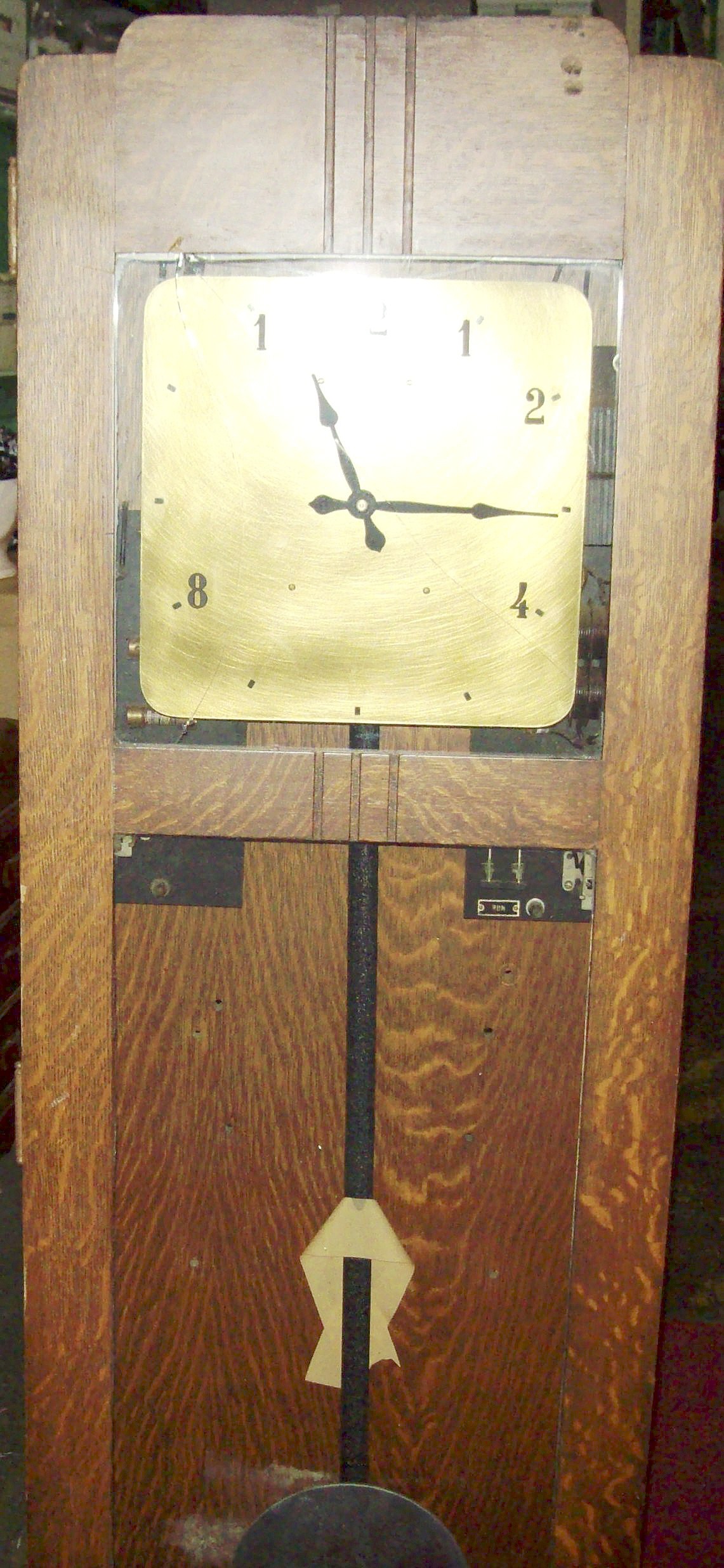NO ONE RECOGNIZED the October “Picture from the Past” as the old Rayonier Mill clock, so I started calling those who had worked at the mill.
The hope was that someone would remember it and have a story or two.
The Rayonier site has had a mill since the 1880s when the Puget Sound Cooperative Colony built a mill.
During World War I, the Spruce Mill was constructed to build airplanes for the war by milling the big spruce trees that came from the West End.
The war ended before any airplanes were ever built.
After a time lapse, in 1929, Olympic Forest Products dismantled the Spruce Mill and opened a pulp mill that used the sulfite process to produce cellulose fibers that make up paper products.
The products they sold were photographic film, plastic and fabrics.
In 1937, Rayonier Pulp and Paper Co. and Grays Harbor Pulp and Paper Co. merged with Olympic Forest Products and became Rayonier Inc.
The name came from the rayon product they were producing.
At one time, there were more than 600 employees.
The mill closed in 1997 for financial reasons. The cost of the wood chips the mill needed became too expensive to continue manufacturing.
Shortly after the mill closed, the huge smokestack was taken down.
Most of the employees have either moved from the area or passed on, but Irv Sonnebend remembered the clock.
It hung on the wall in the turbine room of the powerhouse.
It ran the mill’s bells and whistles.
The dimensions of the clock were 18¾ inches by 64 inches and 7½ inches deep.
It was encased in a rich wooden cabinet with a glass door.
The engineer pulled the clock’s cord to blow the steam whistles for start and finish times and lunchtime.
Sonnebend worked for Rayonier for 28 years and 10 days, starting in 1969.
He was there until the mill closed in 1997.
The clock was there when he started, but he wasn’t sure just when it was taken down.
Bob Houk also remembered the clock.
He retired before Sonnebend, but the clock hung on the wall as long as he could remember.
Grant Munro grew up in Sekiu and the Rayonier Shop/Camp had a similar clock.
The town pretty much revolved around the mill’s whistles.
The whistle was a signal to the town’s children to come in for dinner.
Munro left in the early 1970s, so he wasn’t sure when the Sekiu clock was replaced.
At some point, computers took over the bells and whistles, and the clock was retired.
Sonnebend remembered that the clock was given to John P. “Pete” Mayberg when he retired in 1974.
When he passed away several years ago, the clock found another home.
On Nov. 1, that new owner called the Clallam County Historical Society and wondered whether the society wanted this marvelous old clock.
Of course Kathy Estes, the executive director, was delighted to add it to the collection.
Because not much was known about the clock or its history, it was suggested centering a column around the photo of the clock, hoping someone would give its story.
So thank you to the two fellows who enlightened us, and although we don’t know the entire story, we at least have more than we did when the clock came to the historical society.
If any of you can add to its history, please write and I can add more comments at a later date.
________
Alice Alexander is a Clallam County historian, author, and a descendent of an Elwha Valley pioneer family. She is a recipient of a 2014 Clallam County Heritage Awards. She can be reached at bretches1942@gmail.com.
Alice’s Clallam history column appears the first Sunday of every month, alternating with Linnea Patrick’s Jefferson County history column on the third Sunday of the month.

